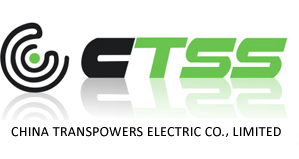Home >> News Center
EU steel safeguarding extention causes worry for wind industry
2021-7-15
The European Commission has officially extended the steel safeguard measures for a further three years, causing concern amongst wind energy representatives.
The steel safeguard measures impact two categories of importance to the European wind industry: heavy plate (category 7), used in the fabrication of steel wind towers, and non-grain-oriented electrical steel (NGOES, category 3B), used in motors and generators.
The EU’s decisions to extend the measures by three years (rather than one) and to subject quota volumes to an annual increase of just 3% raise serious questions about its strategic commitment to the economic sustainability of steel users such as the European wind industry.
“Steel prices have increased dramatically over the past year. In some cases they have doubled. Steel is the single most important raw material for the European wind industry. Higher steel prices increase the costs of making towers, gearboxes, nacelles, transformers, and offshore foundations. Last week’s decision to extend steel safeguard measures is unhelpful for a rapid and cost-effective energy transition to renewables”, says WindEurope Chief Policy Officer Pierre Tardieu.
In addition to steel, prices of copper, resins, glass fibre, and carbon fibre are also up sharply. As are shipping costs, putting pressure on the global supply chains on which the European wind industry relies.
According to WindEurope, the economic sustainability of the European wind industry is at risk. Higher costs mean less capital available to invest in state-of-the-art manufacturing and research & development. Under-investment in these areas could cause the European industry to lose the global race for technology leadership in wind energy.


 Hydro Turbine Generator Units
Hydro Turbine Generator Units
